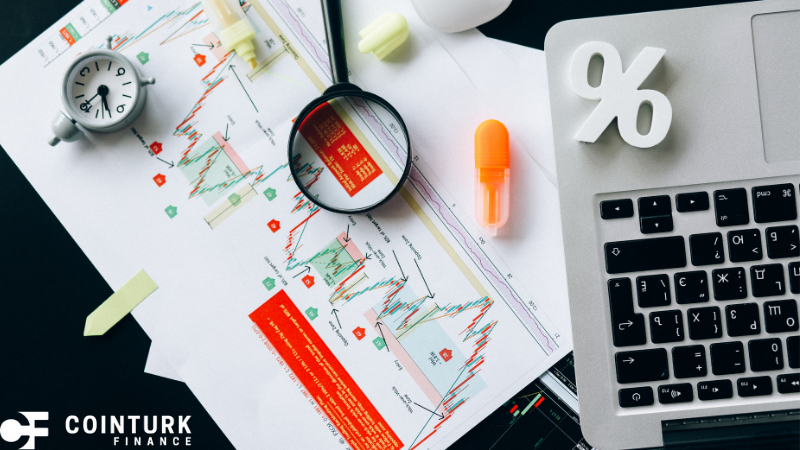The recent debate between President Joe Biden and former President Donald Trump has become a focal point for investors as they anticipate its impact on the U.S. economy. Inflation was a prominent topic, setting the tone for the discussions. Market analysts are closely watching the aftermath, particularly in light of Biden’s underwhelming performance, which has led to calls for him to step down. Additionally, the debate’s influence on stock markets and various economic indicators remains a point of interest as both leaders’ policies come under scrutiny.
During previous debates and economic updates, both Biden and Trump have faced varying levels of scrutiny regarding their economic policies. While Biden had previously been criticized for his handling of pandemic-related economic challenges, Trump has been both lauded and criticized for his tax cuts and deregulation efforts. Comparing these historical contexts to the current debate, it’s evident that inflation continues to be a contentious issue that can sway voter sentiment and market expectations.
Moreover, the stock market’s reaction to presidential debates has often been mixed, with short-term volatility but long-term trends aligning more closely with broader economic policies rather than debate performances. This pattern suggests that while the immediate market reactions to the Trump-Biden debate are significant, investors should also consider the broader economic strategies each candidate represents.
Biden’s Economic Policies Under Fire
President Biden’s handling of inflation and other economic issues faced criticism during the debate. His opponents argue that his policies have failed to curb rising prices, which impact everyday Americans. The debate’s fallout has sparked discussions about potential changes in leadership, with some voices calling for Biden to step aside to allow for a different approach to managing the economy. This development adds an additional layer of uncertainty for investors already navigating a volatile market environment.
Stock Market’s Mixed Quarter
Despite the heated political climate, large-cap tech stocks have shown resilience, wrapping up a mixed quarter with notable gains. The Nasdaq Composite saw a rise of over 8% in the second quarter, while the S&P 500 gained 4%. However, the Dow Jones (BLACKBULL:US30) Industrial Average experienced a slight decline of over 1%. This divergence highlights the varying performance across different sectors, emphasizing the tech industry’s robust position in the current economic landscape.
Other economic indicators also play a crucial role. The Federal Reserve’s preferred inflation gauge remains high, suggesting that inflationary pressures are still a concern. Concurrently, the U.S. housing market has reached unprecedented levels, further complicating the economic outlook. Investors are also responding to new inflation data and home prices, which continue to shape market expectations and investment strategies.
Key Inferences
– Biden’s debate performance has created political and economic uncertainty.
– Tech stocks continue to thrive despite overall market volatility.
– Inflation and housing prices remain critical factors for economic outlooks.
Walgreen’s decision to join other retailers in closing stores nationwide underscores the challenges faced by the retail sector. This move highlights the broader trend of retail consolidation and shifting consumer behaviors. Nike, another industry giant, faced significant investor backlash after issuing a warning about its 2025 outlook due to slumping sales. Despite reassurances from its CEO, the company’s stock experienced its worst drop ever, reflecting investor concerns about the future.
The demand for weight-loss drugs has reached unprecedented levels, prompting Novo Nordisk to invest $4.1 billion in a new U.S. factory. This surge in demand signifies a broader societal shift towards health and wellness, influencing market dynamics and investment trends. As the debate between Biden and Trump continues to influence market sentiments, investors must stay vigilant, considering both political developments and broader economic indicators.










